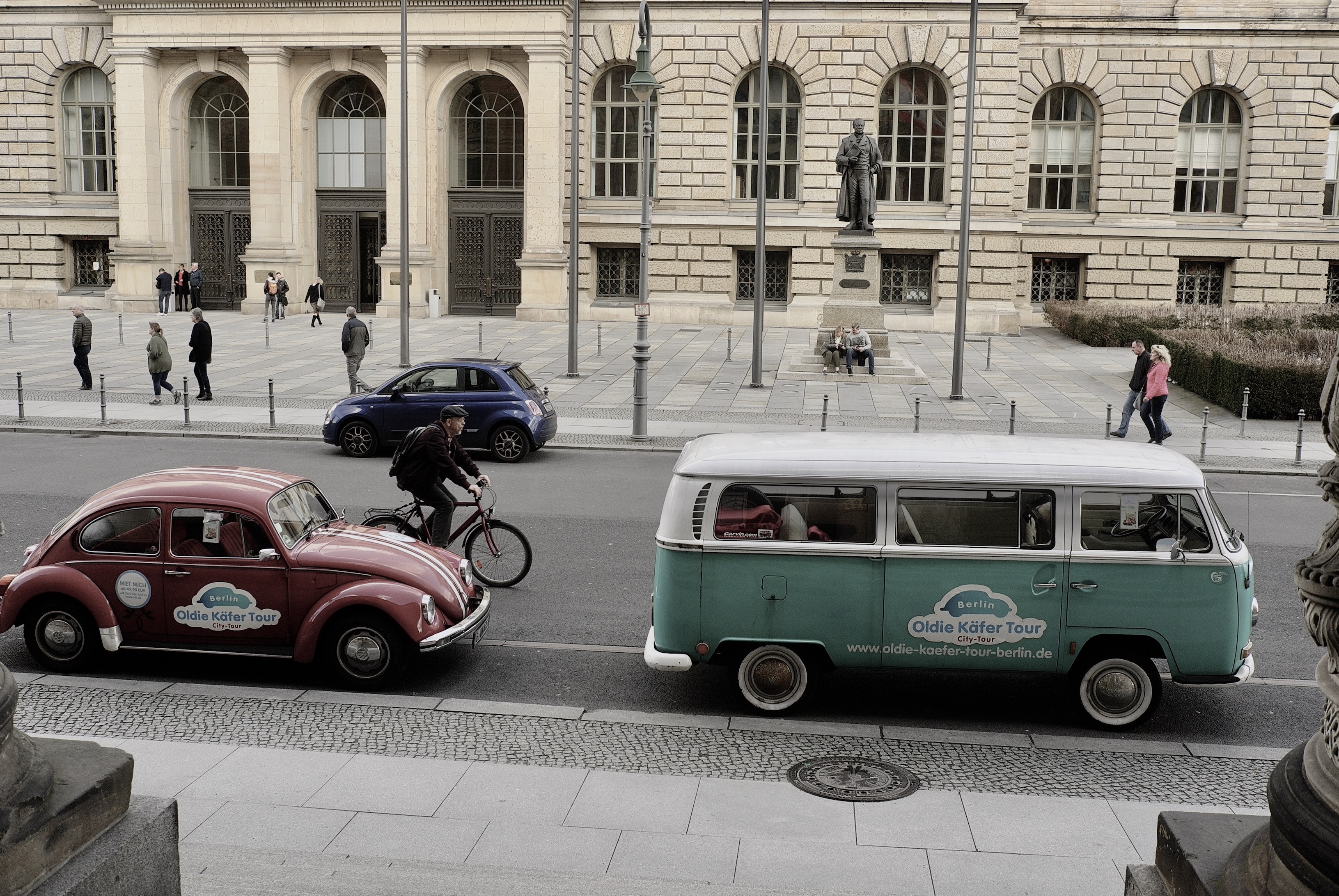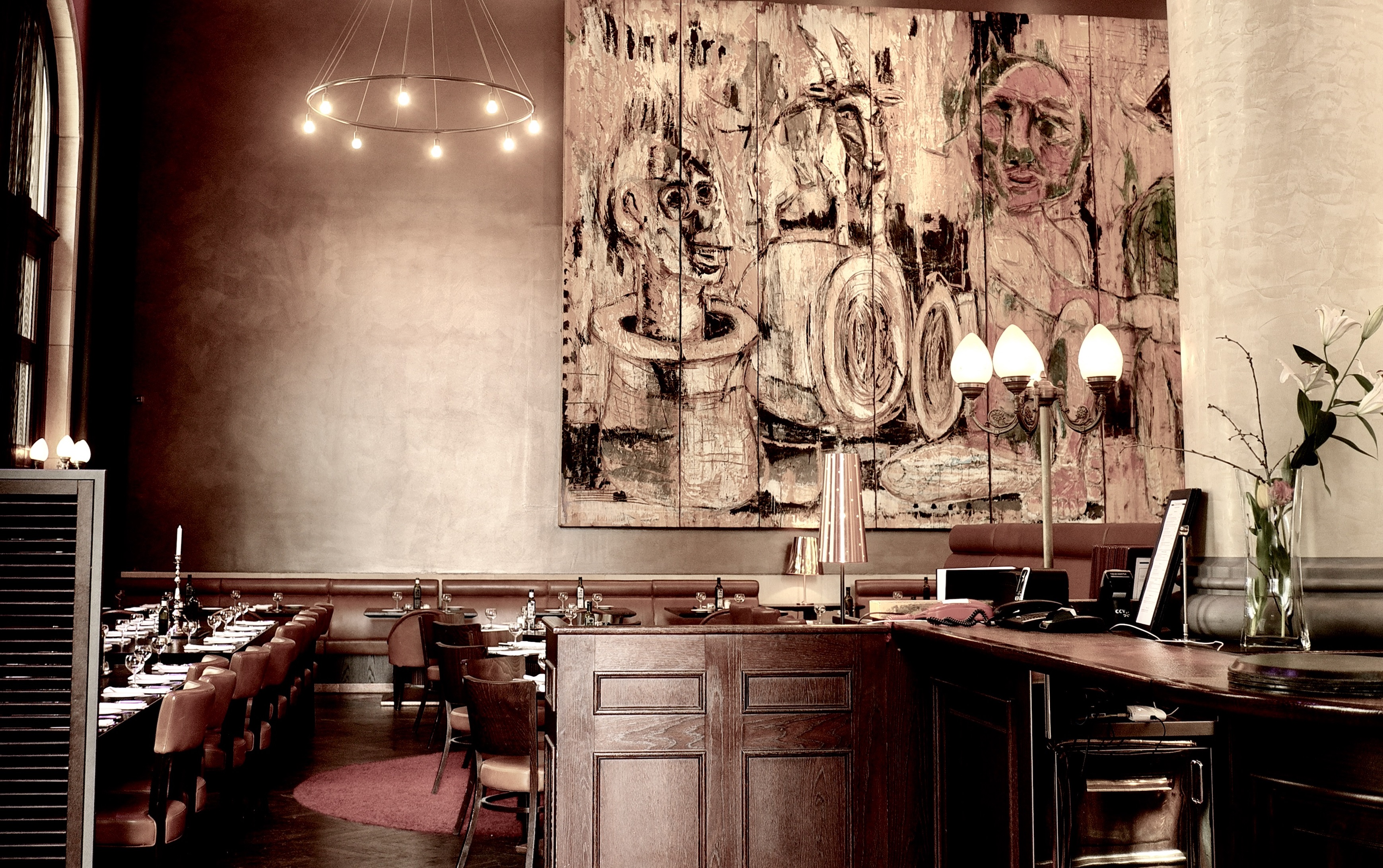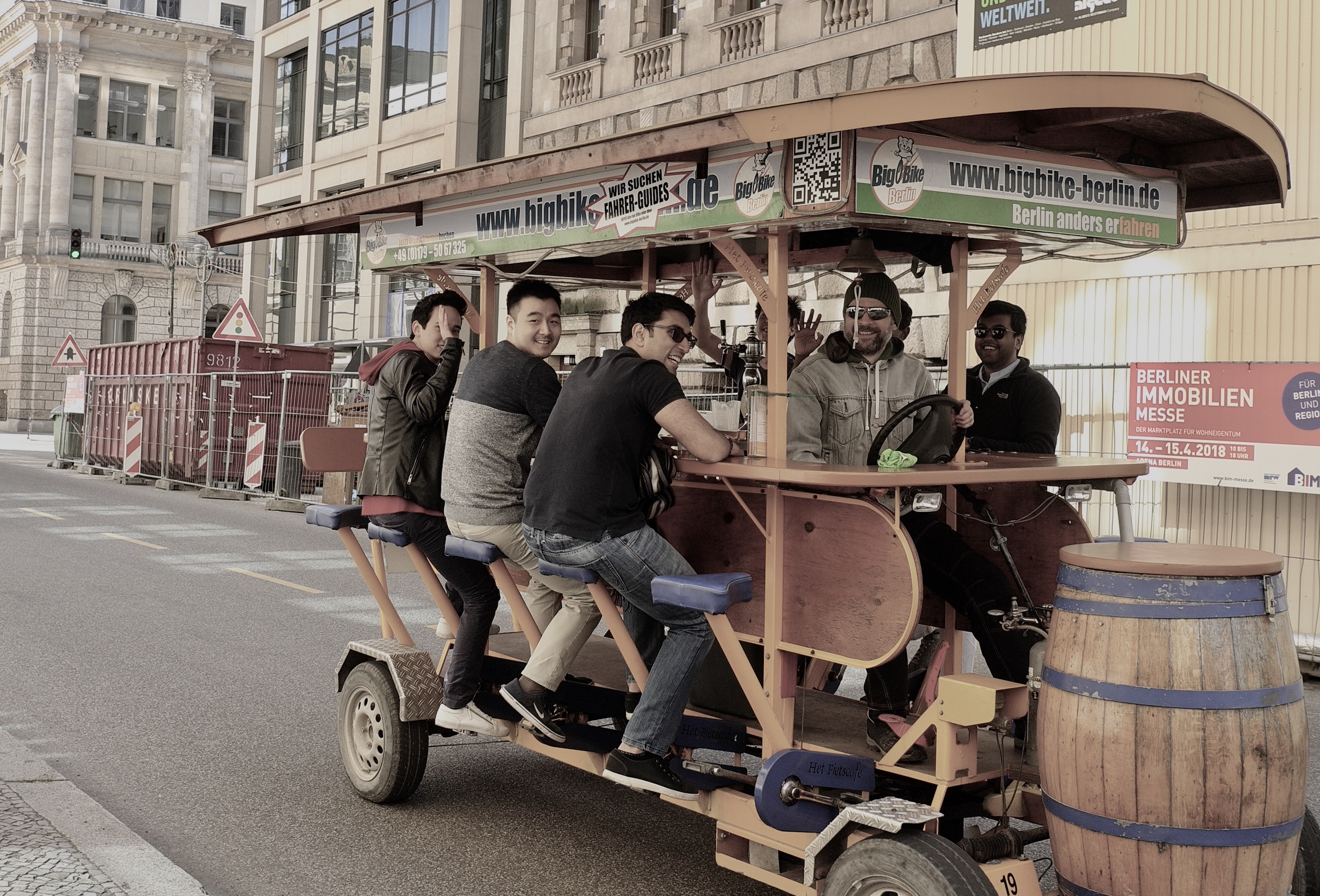Ich bin ein Berliner
On June 26, 1963, in a speech that marked the fifteenth anniversary of the Berlin Blockade, John F. Kennedy, then President of the United States, coined the now-famous phrase: Ich bin ein Berliner. This was a key moment during the Cold War, particularly in the context of Germany’s division between the Western and Eastern blocs, as it demonstrated the United States’ support for the West Berliners, landlocked in the middle of the GDR and separated from the East Berliners by a wall. Even after the fall of the Berlin Wall in 1989, the whole city remained permanently scarred by this painful period. Differences and misunderstandings between West and East Berliners had had time to grow, leading some Ossis to develop an Ostalgie—a nostalgia for the GDR. Even without the wall, the city itself had visibly polarized: until the early 2000s, the whole atmosphere of the former East Berlin was still very gloomy and oppressive. However, in the decade following 2005, the city underwent a positive transformation, allowing it to balance its accounts from 2014 onwards. Against this backdrop, the gulf between former West and East Berliners gradually closed, giving way to more trust. The project Ich bin ein Berliner was therefore born out of this legacy from the past: in this series, I wanted to shed light on the contemporary realities of the city through its historical roots. From the beginnings of Germany’s unification with the Vormärz and the revolution of 1848 to the Second World War and the Cold War, Berlin has kept on undergoing upheaval after upheaval: a historical rhythm that continues to be reactivated in the present, though sites of collective memory such as the Checkpoint Charlie, buildings such as the Maxim Gorki Theater or the Deutsches Technikmuseum, and more generally lifestyles that result from Germany’s reunification—as shown by the innovative, post-1989 architecture of the Potsdamer Platz. Ultimately, I have conceived this series as a sort of memory paper chase.



















